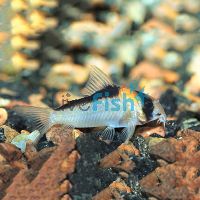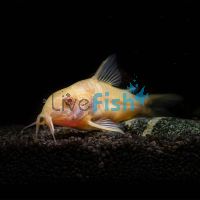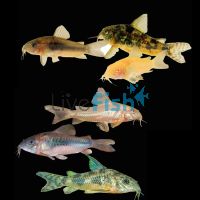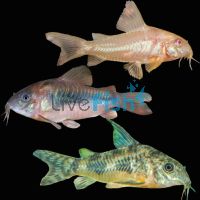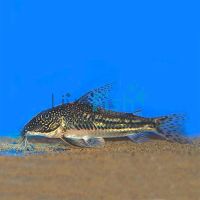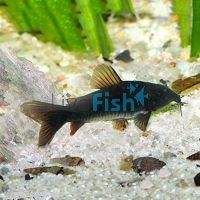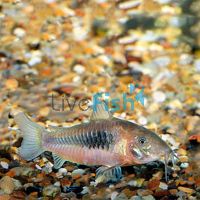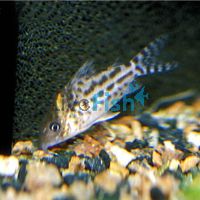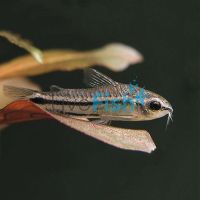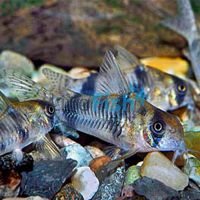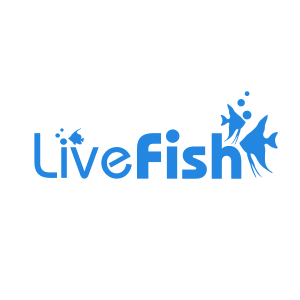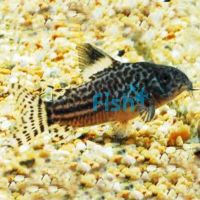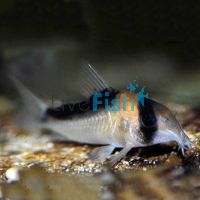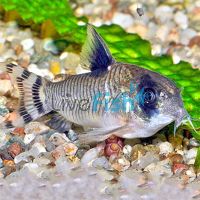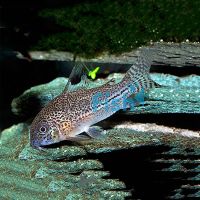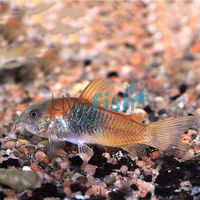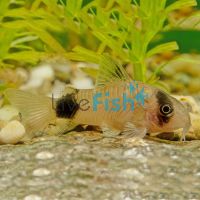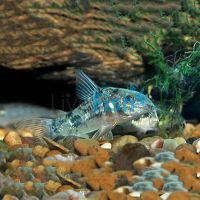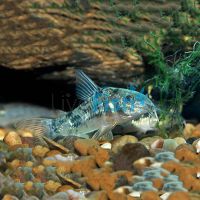Corydoras Care
The albino Cory cat or one of its cousins is often a popular bottom feeding fish that many aquarists buy. Corydoras has about 170 known species, with another 100 or so still to be given scientific names. They are members of the Callichthyidae family found throughout South America. These non aggressive bottom feeders are calm and make a great addition to community aquariums. They have strong spines on their dorsal and pectoral fins and are armored, so be careful if handling them.
Natural Habitat
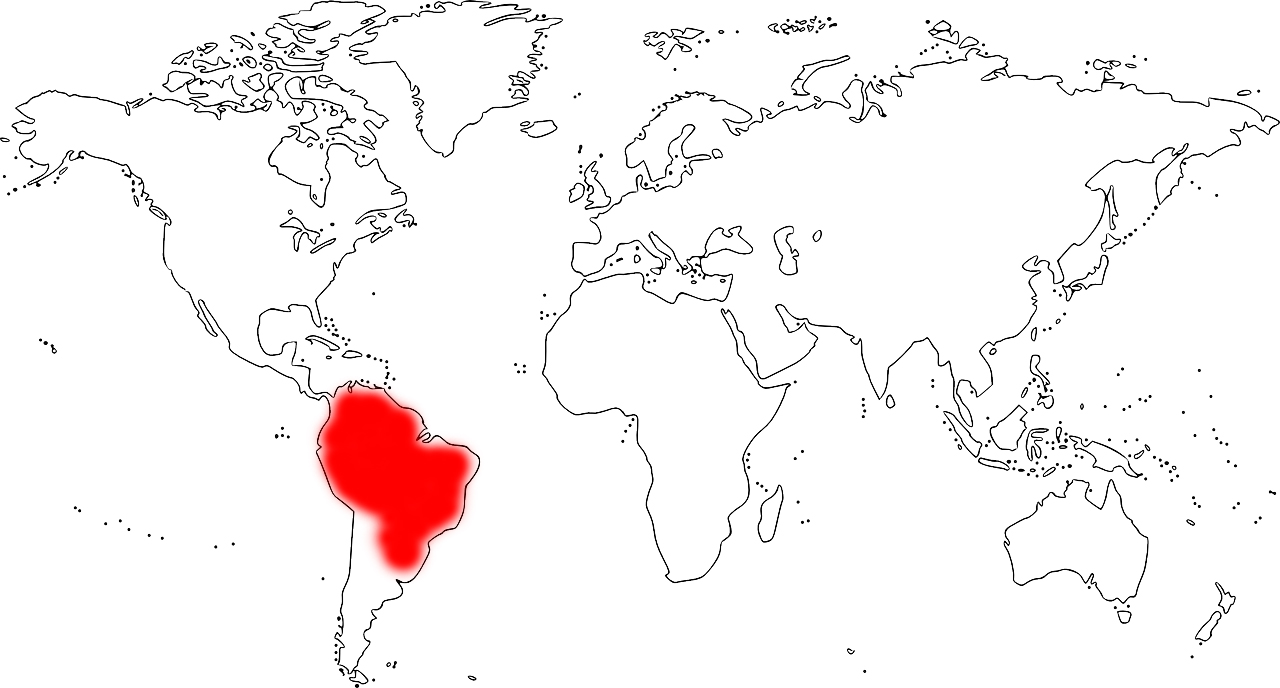
Corydoras live in streams and rivers, as well as ponds and marshy areas.
Behavior/Compatibility for Corydoras catfish
This species gets along well with other community fish and won’t bother other species, just be cautious of keeping them with larger aggressive fish that may try to eat them despite their amour.
Corydoras are shoaling fish, which means they tend to congregate together and different species may coexist, and they frequently form groups and so we recommend keeping 5 or more together.. These catfish may occasionally dart to the surface to catch a breath of fresh air.
This is normal behavior; but, constantly gasping at the surface may suggest a problem with the water's quality or a shortage of oxygen.
In contrast to many catfish, which are nocturnal and can be reclusive, Corys and their cousins are active throughout the day.
They can coexist with the majority of calm community fish.
As adults, different species will grow to different sizes, therefore species selection should be dependent on tank size and the sorts of fish you keep.
Before purchasing any new fish for your aquarium, you should always check the specific details of the fish you are planning to introduce to your tank.
Housing Corydoras and Tank Set-up Tips
Tank
Most species need a 30-gallon aquarium, however pygmy Corys like C. hastatus, C. habrosus, and C. pygmaeus may be housed in smaller tanks.
Because these fish tend to cluster in bunches, open places near the front of the tank should be available.
There should also be some form of protection for them to seek shelter in.
As these fish spend so much of their time on the bottom, they don't require a tall aquarium. So a wide or longer shallower tank is preferable for them because they have more bottom space to hunt for food.
So, if you're just starting out and want to keep Corydoras, take this in mind while choosing a fish tank.
Recommended Max Fish Count Tank Volume 5 Corydoras 39 litres (10 gallons) 10 Corydoras 57 litres (15 gallons) 15 Corydoras 71 litres (20 gallons) 20 Corydoras 94 litres (25 gallons) 25 Corydoras 113 litres (30 gallons) Base
If you want to recreate a natural environment for Corydoras you should choose a substrate composed of sand or a fine gravel with no sharp edges.
Foliage
A densely planted freshwater aquarium with some driftwood or other cover is ideal to recreate their natural environment. See our accessories section for aquarium plants and aquarium decor.
Water
Corydoras are found in the wild in soft water that is clean, slow flowing, and shallow with a low pH, but these fish are generally a hardy species able to tolerate a range of water conditions.
A pH between 7.0 and 8.0 and a hardness of 3° - 10° dKH is ideal for Corys. A water temperature of 23.3° - 26.7° (C 74° - 80° F) is ideal for most Corydoras. If your aquarium is in a room where the temperature is below 23.3° C (74° F), then you should have an Aquarium Heater to maintain the correct temperature.
Treat water in new aquariums with a water conditioner and check your water with testing kits before adding any fish.
To ensure you keep your Corydoras in great health, maintain good filtration and change 10% of the water every week or 25% every 2 weeks.
Don’t forget to treat tap water with a water conditioner like Easy Balance Plus before refilling your aquarium!
Feeding and Care
Corydoras catfish are omnivore bottom feeders, however it’s not uncommon for them to learn to come to the surface to feed when hungry. API Algae Eater Wafers, Australian Pellet Blackworm and Shrimp Pellets are all excellent foods for these catfish.
We have a full range of fish foods that you can add to your order and get delivered with your fish.
You should feed your fish a variety of foods and to ensure they stay healthy. The general rule is to only feed your fish what they can consume in 2 to 3 minutes, but remember if you are feeding them larger wafers additional time needs to be allowed for if the wafers need to soften up. You can feed your Corydoras either once or twice a day.
Great reasons to keep Corydoras Catfish in your tropical fish tanks
- Corydoras are active and fascinating to watch.
- These fish make excellent tankmates for any fish not large enough to eat them.
- Corydoras are a great fish for beginners as they are hardy and non-aggressive.
- These fish are super cute!
If you can't decide which Corydoras catfish variety you'd like go for then why not order one of our assorted Corydoras packages.
